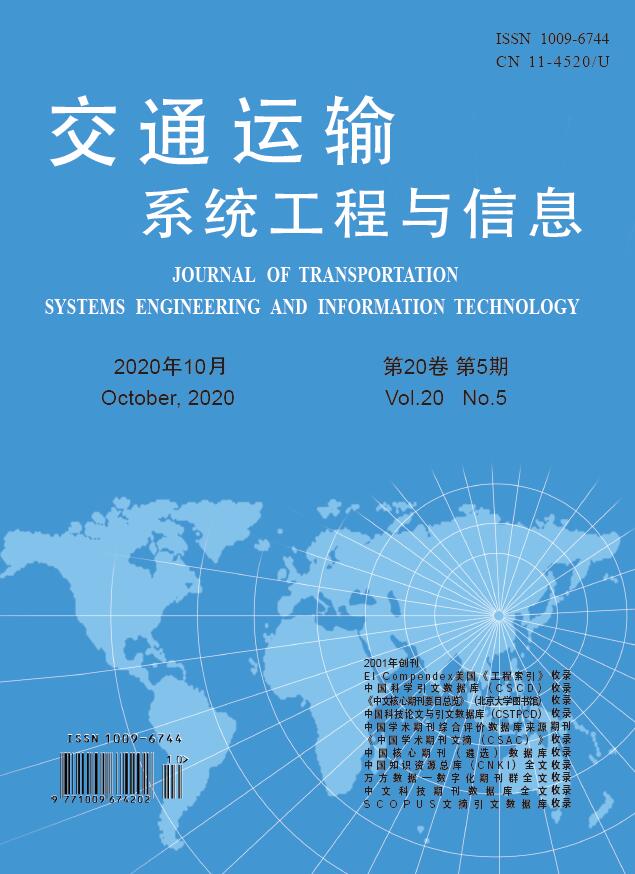To precisely describe the complicated track irregularity deterioration under the varying circumstances, this paper proposes a rail track deterioration adaptive segmentation framework based on minimum description length principle, referred as MDL-RTDAS. In MDL-RTDAS, the identification of the maintenance activities that result inmutations in the deterioration process is reformulated as a model selection problem. The algorithm is also proposed to solve the models. The effectiveness of MDL- RTDAS is verified by using the recent five years measurement data from the mileage K21+184 to K220+30 on Nanchang-Fuzhou railway. The MDL-RTDAS is compared with other similar algorithms in the accuracy, fitness and robustness. As the results indicate, under the conditions that the information of maintenance operations is incomplete and inaccurate, MDL-RTDAS is able to overcome the interference of contaminated measurements, precisely identify the mutations in deterioration rate caused by maintenance activities, and create a piecewise fitting model for track irregularity deterioration. Compared to other algorithms, MDL- RTDAS owns better performances in rail track deterioration adaptive segmentation.To precisely describe the complicated track irregularity deterioration under the varying circumstances, this paper proposes a rail track deterioration adaptive segmentation framework based on minimum description length principle, referred as MDL-RTDAS. In MDL-RTDAS, the identification of the maintenance activities that result inmutations in the deterioration process is reformulated as a model selection problem. The algorithm is also proposed to solve the models. The effectiveness of MDL- RTDAS is verified by using the recent five years measurement data from the mileage K21+184 to K220+30 on Nanchang-Fuzhou railway. The MDL-RTDAS is compared with other similar algorithms in the accuracy, fitness and robustness. As the results indicate, under the conditions that the information of maintenance operations is incomplete and inaccurate, MDL-RTDAS is able to overcome the interference of contaminated measurements, precisely identify the mutations in deterioration rate caused by maintenance activities, and create a piecewise fitting model for track irregularity deterioration. Compared to other algorithms, MDL- RTDAS owns better performances in rail track deterioration adaptive segmentation.


